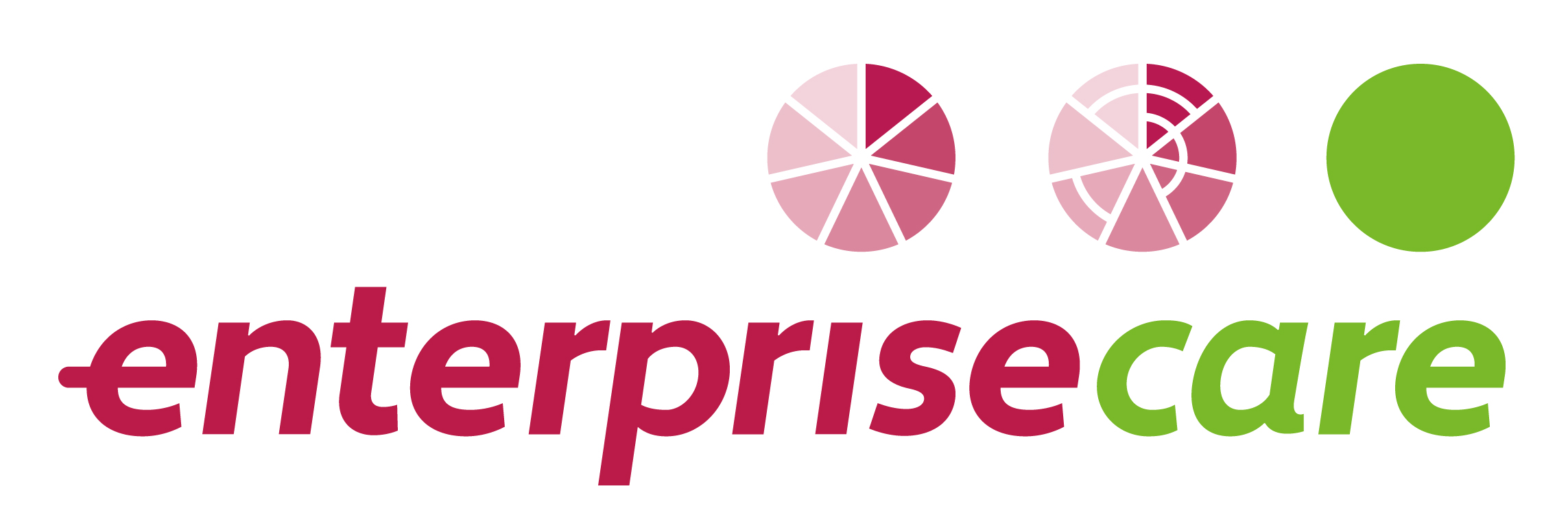
1 IN 3 WORKPLACES PRONE TO BULLYING AND HARASSMENT
One-third of Australian workplaces have perpetrators of bullying and harassment, with ACT shaping up as the worst offender across the country, according to new research.
A survey conducted by workplace safety training organisation SAI Global has revealed that bullying and harassment is occurring in nearly one in three organisations (30 per cent). When asked where they have seen the behaviour, 32 per cent of respondents said that it has come from managers, 29 per cent said they have witnessed the behaviour in peers, 6 per cent have even seen it come from external service providers, and 5 per cent said contractors have displayed the behaviour.
The ACT has more cases of bullying and harassment than the other states and territories, with 40 per cent of ACT respondents seeing this behaviour in their workplaces commonly, compared with just 32 per cent of Victorian respondents, 29 per cent of NSW respondents, and an equal 28 per cent of Queensland and South Australian respondents.
SAI Global workplace safety spokesperson Rod Beath said: “Bullying and harassment encompasses much more than behaviour that is outwardly aggressive, sexually explicit or humiliating towards others. The behaviour can manifest in physical, verbal, social or psychological forms, and this is why it is so difficult to identify.”
“It can even include comments or behaviours that are hurtful or make a person feel undervalued. Very shrewd managers or co-workers can deliberately intimidate employees to make them feel less important or undervalued, or make their jobs extremely difficult by, for instance, giving them impossible tasks or workloads.”
“While awareness around these issues is growing – especially with recent studies that have identified poor mental health as a major concern in Australian workplaces – there is still a need for better education and awareness among organisations,” he continued.
Mr Beath encouraged employers to ensure their workplaces meet health and safety legislation and standards and provide ongoing education for their employees.
“When an organisation’s workplace is certified to the ISO 45001 international standard for occupational health and safety, for instance, they are committed to eliminating risks of injury and illness – which can include mental health risks – as well as other important safety requirements,” he said.
“The 45001 standard requires organisations to consider any adverse impacts to their employees’ physical and mental health – and bullying and harassment is a part of this.”
SAI Global outlined seven tips for how employers can eliminate bullying and harassment from their workplaces:
- Train managers to identify and call out bullying behaviours early.
- Follow your company’s policy and processes when standards of expected behaviours are not met.
- Have regular consultations with your employees.
- Design systems that allow employees to carry out their work safely.
- Manage workplace stressors.
- Promote productive, respectful working relationships through good management practices.
- Prioritise the psychological health of your employees.
Source: SAI Global
DISCLAIMER: This article is general ONLY in nature and is not advice
First published on Wellness Daily, Jerome Doraisamy, October 22, 2019
